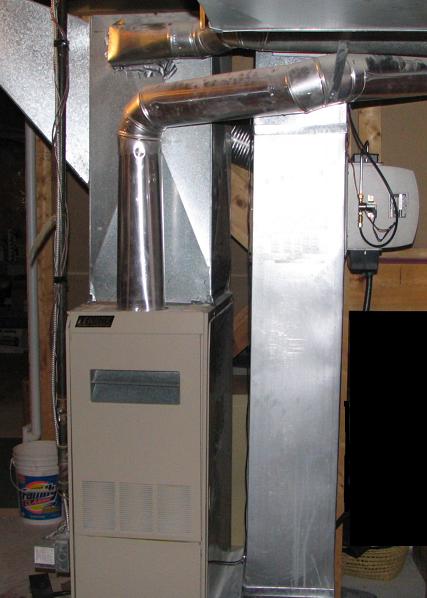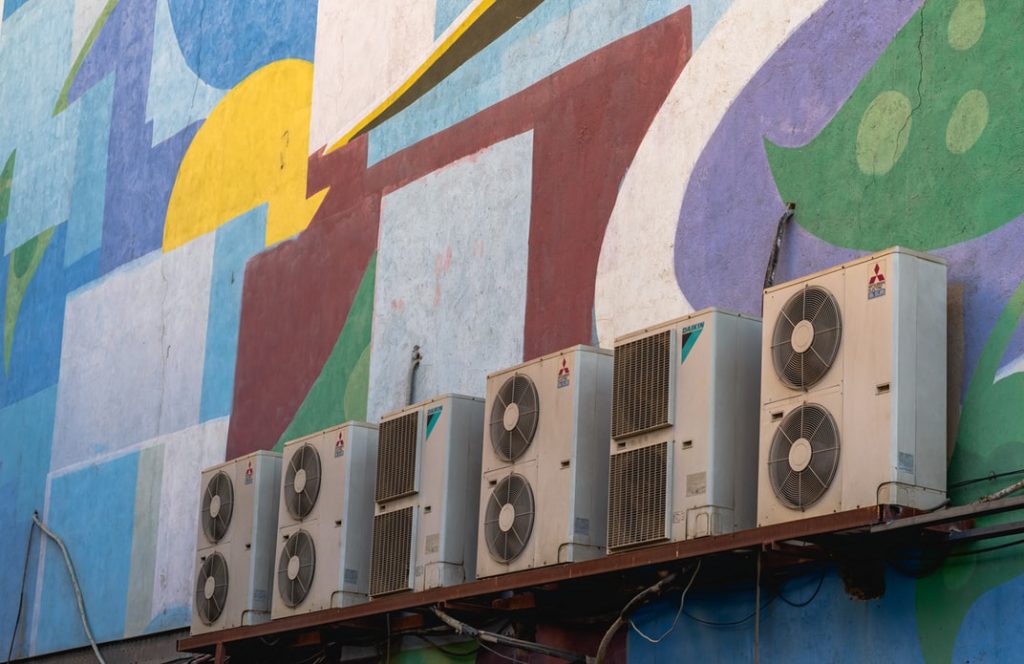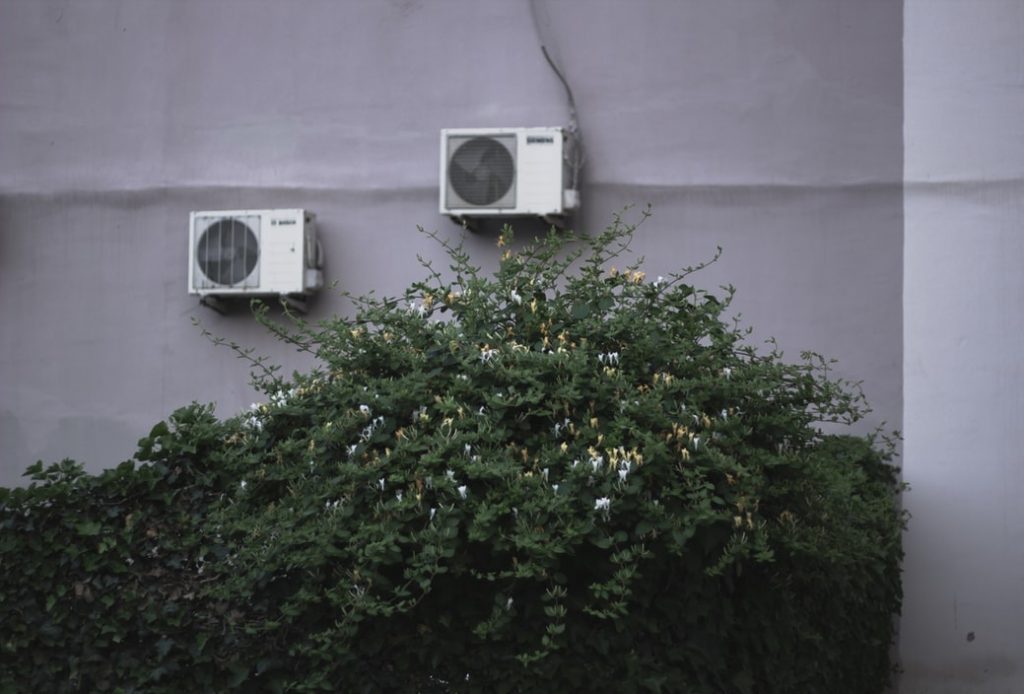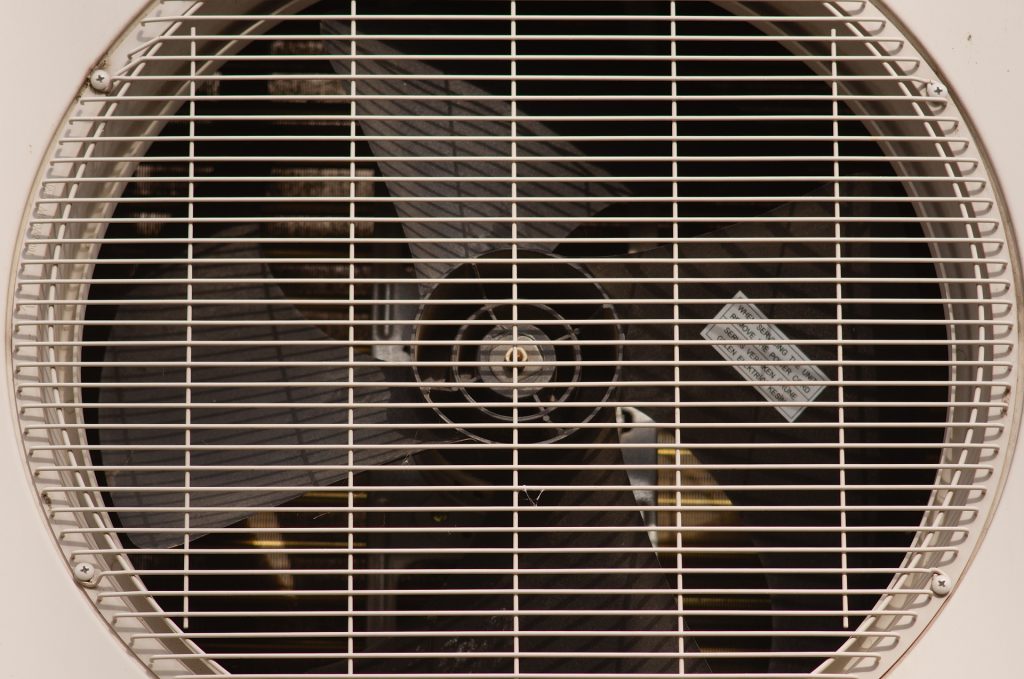Today, we’ve got a very “heated” argument on our hands.
Which heating and cooling system do you think is the best for homes in Phoenix, Arizona—heats pumps or air conditioners and furnaces?
Please continue reading to find the answers as we discuss everything about heat pumps and furnaces and the differences between them.
By the end of this article, you should be able to differentiate the two and decide which one is the best for your home.
Heat pumps vs. AC and furnaces in Phoenix, AZ—Their key differences

We understand that both these systems are quite expensive. It’s safe to say that buying and installing a heating and cooling system is the second most expensive expenditure right after purchasing a home.
Therefore, you need to be sure that you’re making the right decision, and we’re here to help you with that.
Running costs—Heat pumps win
Heat pumps are generally far more efficient than furnaces and air conditioners.
The highly efficient heat pumps will cost you around $700 annually in terms of running costs. For less efficient systems, the running costs are slightly higher (somewhere around the $1000-dollar mark).
Straight off the bat, high-end furnaces will annually cost you around $900. It’s already far more expensive than the highly efficient heat pumps.
Please note that the costs might differ slightly depending on your usage, external climatic conditions, and your house’s size.
Installation costs- Furnaces win
If you are a resident of Arizona and are looking to reduce your monthly expenses, it may be helpful to compare energy providers to find the best rates and potentially lower your average electric bill in Arizona.
On the other hand, a home furnace’s installation costs can be as low as $600. Of course, the installation costs will be higher if you’re installing a furnace from scratch. You’ll also have to take into account the installation of air ducts and vents.
Size—heat pumps take up less space
Heat pumps are less intrusive than furnaces since most of the components are situated outside except for the indoor coils and backup heat that must be in your house. They’re even less intrusive if you go for the mini-split heat pumps that don’t require ducts.
On the other hand, furnaces require air ducts behind your walls and ceilings.
Energy savings—It depends
To understand this, you need to appreciate that heat pumps are more efficient in slightly warmer conditions.
On the other hand, furnaces are best suited for areas that experience extreme winters.
If the weather conditions were to snap from temperate to severe cold suddenly, expect the electricity bill for your heat pump to spike exponentially. You might find yourself spending $500 on energy for just one month.
On the other hand, if you live in extremely cold areas, then the furnace is the cheaper option in terms of energy bills. Nevertheless, fuels tend to fluctuate from time to time. To safeguard your pockets, make sure you opt for a furnace system that runs on a more stable and affordable energy source in your area.
Safety—heat pumps win
Heat pumps are generally safer than furnaces since they don’t produce CO2 gases and other harmful fumes. Also, propane and other fuels used in furnaces are highly explosive and will always pose a threat.
But that doesn’t mean you should relax; always check your heat pump for refrigerant leaks. Not only are they bad for the system, but they’re also toxic when inhaled.
Heat pumps in Phoenix, AZ
Heat pumps aren’t new. In fact, they’ve been around for quite some time now and are commonly used in areas experiencing mild winters (temperate climates). However, with technological advancements, we now have heat pumps capable of heating homes in sub-zero climatic conditions.
They have recently risen to prominence as people strive to switch from fossil fuses to eco-friendly and sustainable energy sources.
Low-end heat pumps usually cost around $5,000. The high-end ones can even hit the $7,500-dollar mark. The type and efficiency of a heat pump required for a home depend on the home’s insulation.
Well-insulated houses can get away with cheaper and less-efficient heat pumps.
Types of heat pumps
There are three main categories of heat pumps in the market:
- The ducted air source heat pumps.
- The ductless air source mini heat pumps.
- The geothermal heat pumps.
How do heat pumps work?
Heat pumps are very similar to refrigerators—they both use refrigerants.
Just as the name suggests, they work by pumping heating to or from your house (It depends on whether you want your home heated or cooled).
To absorb the heat from the outdoors, heat pumps evaporate the refrigerant at low pressure. The refrigerant is then transported into your house, where it’s condensed to release the heat into your living space.
Most people think that heat pumps only work to heat homes during the cold seasons. That’s not the case. When the process is reversed, heat pumps can cool homes during the hot summer days.
The early-day heat pumps used to use a type of refrigerant called Freon (R-22). However, they later discovered that the refrigerant posed a threat to our lives and the environment. AC unit Freon was later banned and is no longer in production.
“Modern-day” heat pumps now make use of the new and environmentally friendly refrigerants.
Note: You can’t use the new eco-friendly refrigerants with the old heat pumps that relied on Freon.
How long does a heat pump last in Phoenix, AZ?
Well-maintained heat pumps have an average lifespan of around 15 to 20 years. Nevertheless, it’s also worth noting that your heat pump’s lifespan is influenced by other external factors like the area’s climate.
Furnaces in Phoenix, AZ
Furnaces are far more popular than heat pumps. They are usually coupled with central air conditioners to make up the HVAC systems.
The cost of buying and installing a furnace ranges from $2,000 to around $6,000 (including the material costs and installation labor).
There are four main types of furnaces:
- Natural gas furnaces.
- Oil furnaces.
- Electric furnaces.
- Propane.
How do furnaces work?
The burner is the heart and soul of all furnaces.
It all starts with the thermostat taking note that the room temperatures have fallen below the required setting.
The thermostat then turns on the furnace burner, which heats up and waits for the heat exchanger to suck in air from your living space. The air is then heated and supplied throughout your home’s duct network.
Conclusion
We’d advise you to go for heat pumps if you’re living in temperate areas with slightly warmer winters like Phoenix. However, if you’re living in regions that experience extreme winters, then the air conditioner and furnace are your go-to heating and cooling systems.
[related_posts_by_tax posts_per_page="3" format="thumbnails" image_size="medium"]









